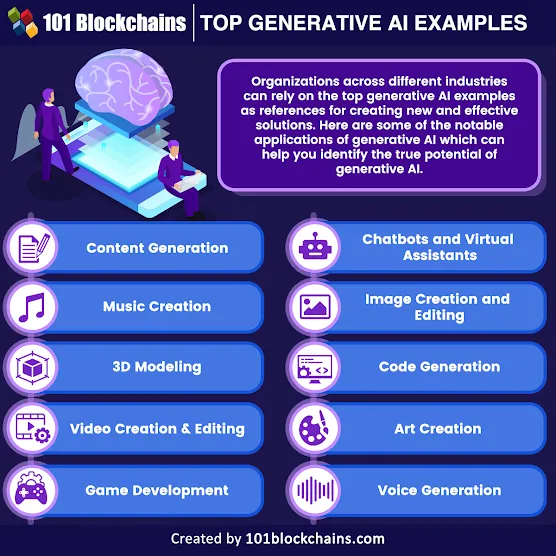LLM and You can only use ChatGPT if you know the prompts. Here is the guide
ChatGPT Prompting Guide
Here’s What’s Covered :
1. Learning the Terminology: Understand the fundamental terms like Model, Prompt, Input, Output, Token, Max Tokens, Training Data, and Inference.
2. Mastering Commands: Leverage powerful commands to create lists, assume roles, continue conversations, elaborate, summarize, identify gaps, compare, and more.
3. Using Prompt Structures: Implement effective structures such as TREF, SCET, PECRA, GRADE, ROSES, STAR, SOAR, and SMART for better AI responses.
4. Avoiding Common Mistakes: Avoid vague questions, ensure user-centric prompts, simplify language, and maintain clear communication.
5. Utilizing Parameters: Adjust parameters like temperature, diversity_penalty, frequency_penalty, and stop_words to fine-tune responses.
6. Setting the Right Tone: Choose the appropriate tone, whether professional, friendly, enthusiastic, empathetic, instructional, reassuring, inspirational, or formal.
Generative AI refers to a class of artificial intelligence models and techniques that can generate new, original content such as text, images, audio, or even code. Some key characteristics of generative AI include:
- **Creativity**: Generative AI models are trained on large datasets and can use that knowledge to create novel content, going beyond simply retrieving or recombining existing information.
- **Probabilistic Modeling**: Many generative AI models use probabilistic approaches to generate content, predicting the most likely next word, pixel, or audio sample based on the input.
- **Neural Networks**: A common architecture used for generative AI is the neural network, which can learn complex patterns in data and use that to generate new content.
- **Conditional Generation**: Generative AI models can often generate content conditioned on some input, such as generating text based on a prompt or images based on a textual description.
Some prominent examples of generative AI include:
- **Language Models**: Models like GPT-3 that can generate human-like text on a wide range of topics.
- **Text-to-Image Models**: Models like DALL-E that can generate images from textual descriptions.
- **Audio/Music Generation**: Models that can compose original musical pieces or generate speech and other audio.
- **Code Generation**: Models that can write software code based on natural language prompts.
Generative AI has many potential applications, from creative tasks like art and content generation to assistive applications like summarization and query-answering. However, it also raises important questions about ethics, bias, and safety that are actively being studied.
There are some specific Generative AI chats focused on medicine such as DougallMD.
Search engines such as Google, Siri, and others now have Generative AI incorporated in their products.
In fact, ChatGPT has used these search engines to build its database.
Google has become superfluous and replaced with generative AI.
Chat


No comments:
Post a Comment